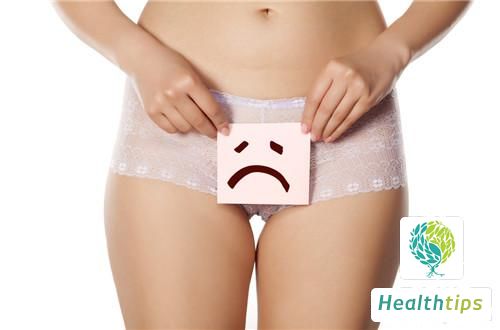How to Address Rheumatic Bone Pain?
Rheumatoid arthrosis is caused by the invasion of wind, cold, and dampness into the human body. When these pathogenic factors invade the body, they can cause blockage of tendons and vessels, leading to inflammation, swelling, and pain in joints, bones, muscles, and other tissues. It is crucial to seek prompt medical attention for rheumatoid arthrosis to undergo a detailed examination and receive targeted treatment. Patients should also rest adequately and avoid excessive exertion.

There are various treatment options for rheumatoid arthrosis, including analgesics, physical therapy, massage and acupuncture, blocking therapy, and surgery. However, these methods often have significant drawbacks such as severe side effects, high costs, or significant discomfort for patients. Alternative treatment methods include local heat therapy, hot baths, steam therapy, and medication taken internally or applied externally.
Rheumatoid arthrosis is caused by the invasion of wind, cold, and dampness into the human body. This invasion leads to blockage of tendons and vessels, resulting in pain and inflammation in joints, bones, muscles, and other tissues. The principle of "blockage leading to pain" applies here.
(1) Joint pain
(2) Morning stiffness: Patients may experience stiffness in their joints after waking up or resting for extended periods. This stiffness resolves or diminishes with movement. Morning stiffness is particularly prominent in rheumatoid arthritis and can last for several hours, while it is shorter-lived in other forms of arthritis.
(3) Joint swelling and tenderness: These symptoms often occur in painful joints and are indicative of synovitis or inflammation of surrounding soft tissues. The severity of these symptoms varies depending on the degree of inflammation. They can be caused by joint effusion or synovial hypertrophy. Osteophytes, a type of bony growth, are commonly seen in osteoarthritis.
(4) Joint swelling, deformity, and dysfunction: These symptoms involve the loss of normal joint shape and restricted range of motion. Examples include incomplete straightening of the knee, ulnar deviation of the metacarpophalangeal joints, and subluxation of joints. These changes are associated with damage to cartilage and bone and are commonly seen in rheumatoid arthritis.



















